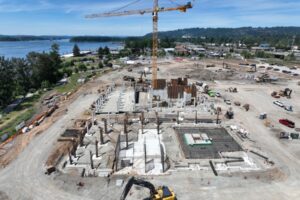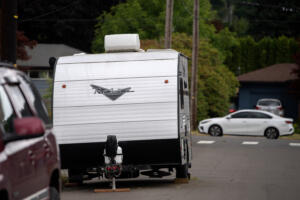The Camas Education Association and Camas School District will meet for a third round of teacher contract bargaining negotiations July 18.
At the first meeting, the teachers’ union presented its proposed salary schedule for the upcoming year, but negotiations stalled at the second meeting.
“The district’s response at the second meeting was not productive or encouraging, so we told them to ‘call us’ when they had a counter offer,” union president Mark Gardner said.
Now, Gardner said, union leaders are feeling “cautiously” hopeful the district will present a salary schedule that takes advantage of additional state funding for teacher salaries.
He added that school district leaders told union negotiators at the second bargaining meeting that their priority was to make the average Camas teacher salary equal to the state allocation.




